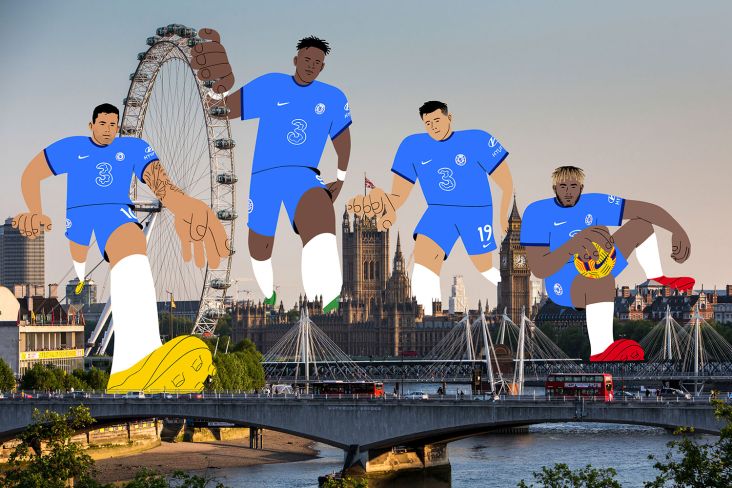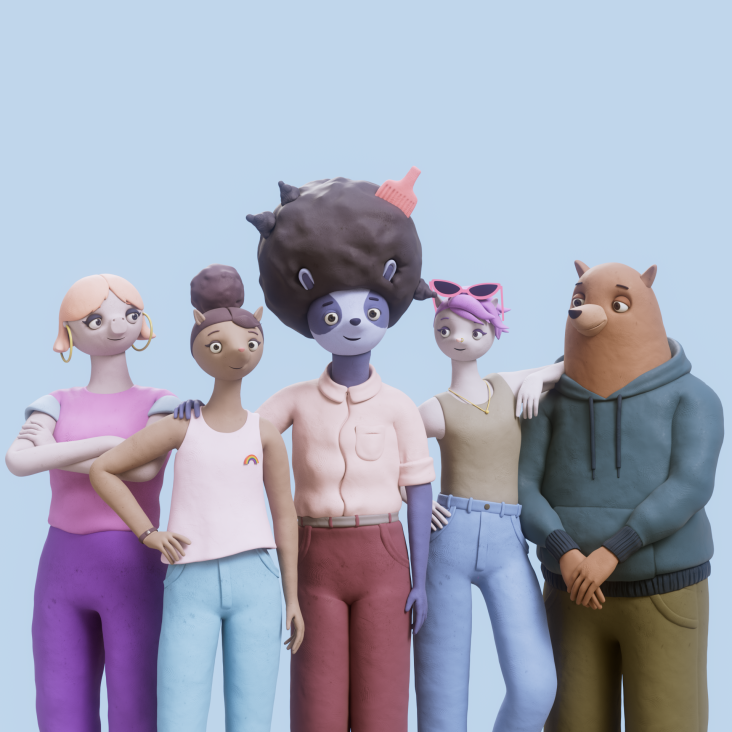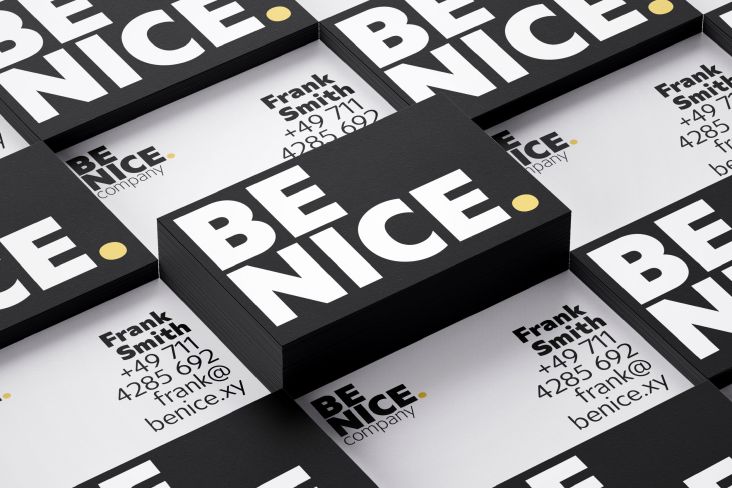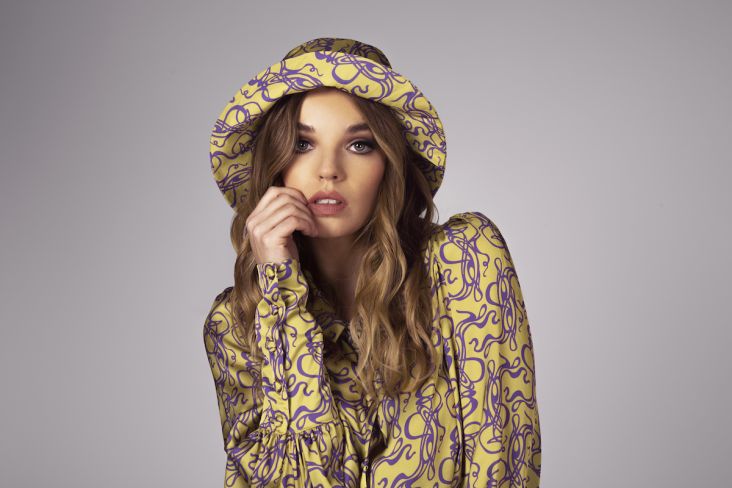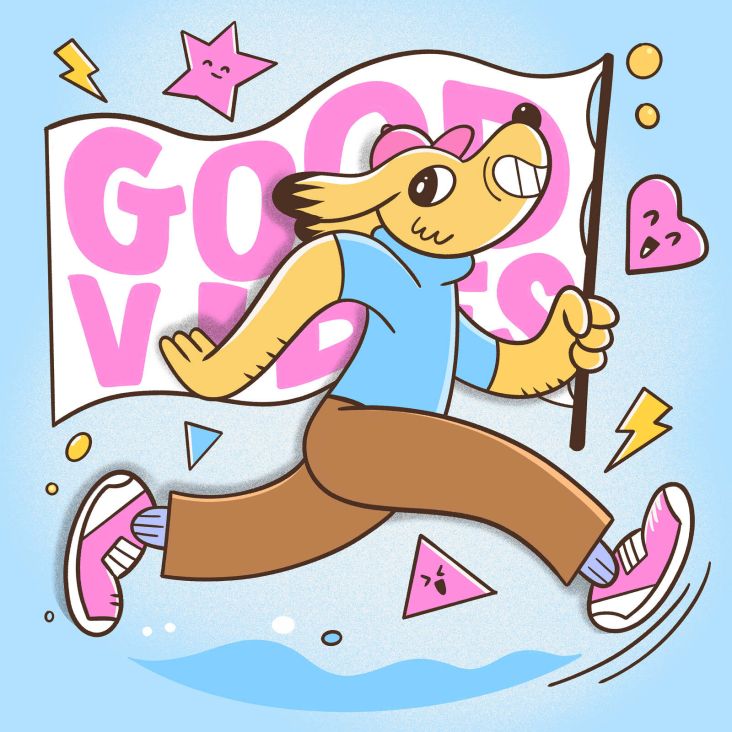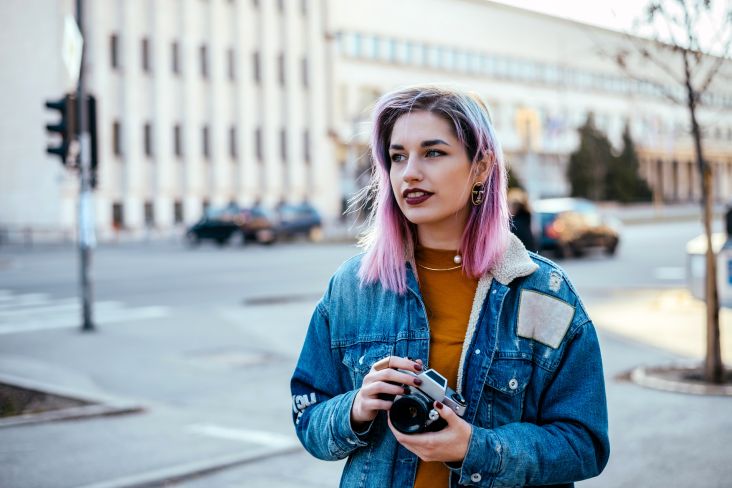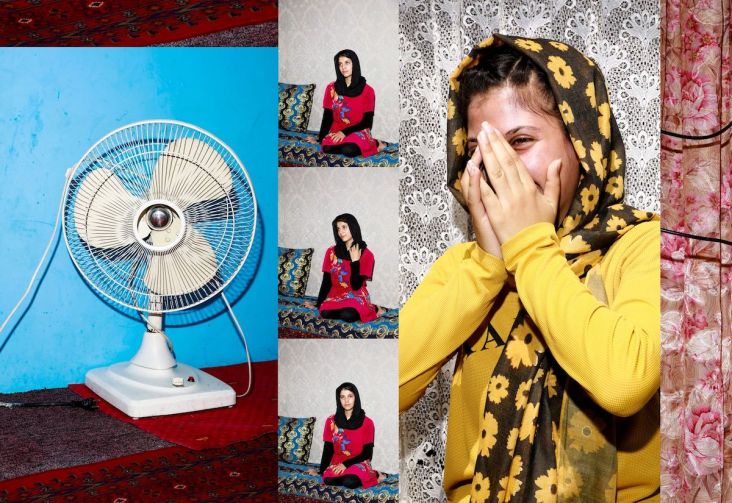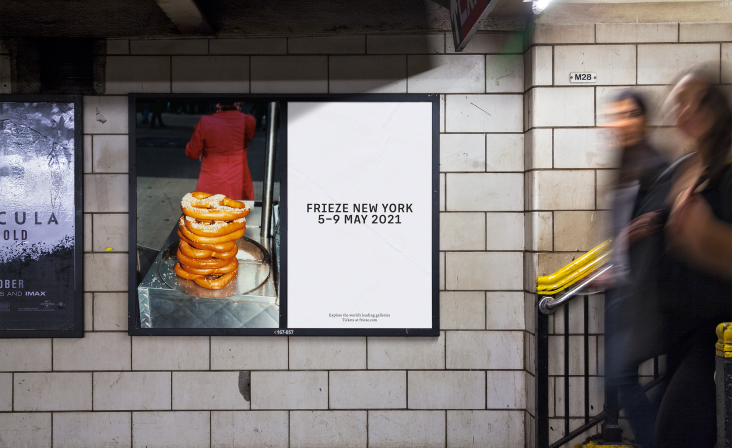The ins and outs of designing 'Instagrammable' toys, for dogs
Often, dogs seem content with the essential things in life: affection, a stroll outside now and then, food, pissing against things. However, dogs and aesthetics have gone together paw in hand for centuries; and in the Instagram age, a chihuahua in a diamante collar is on the normcore end of the spectrum when it comes to well-turned-out hounds.
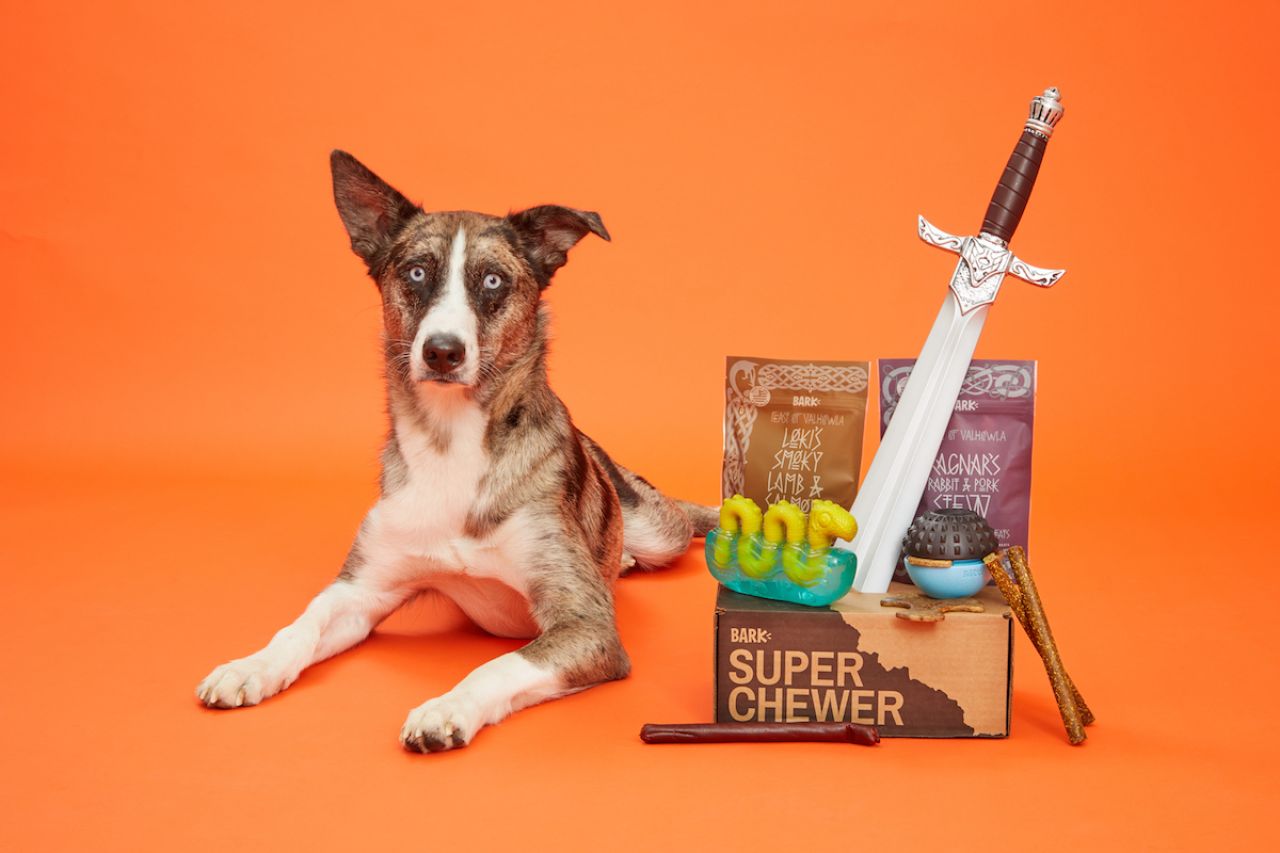
But what does it mean to design for dogs? Do they really give a shit? Well yes, they definitely do, if you're asking Katie Lim. She works at Bark, a US-based dog brand that makes toys, treats and "wellness supplements". Like every trendy, Insta-savvy brand, Bark naturally has a subscription service that sends out personalised goodie boxes. And like every woman with eye-wateringly expensive gym leggings, it also boasts a personalised meal delivery service, Bark Eats. I'm crazy for dogs, don't get me wrong, but this is truly some next level pampering. Makes Crufts look like a suburban Wetherspoons.
We had a chat with Lim about her work (she's focused primarily on the Super Chewer toys, heading up their design), so expect some cool chat about dog "parents", hairless hounds and a tragic allergy-based plot twist.
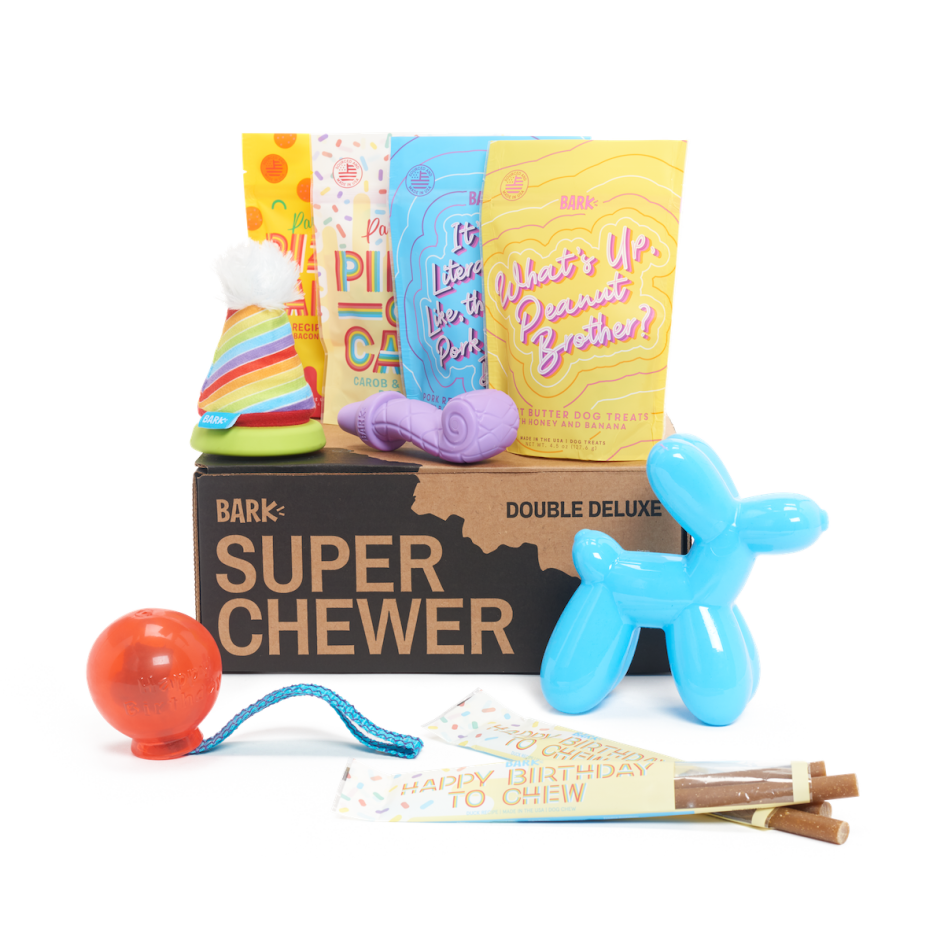
How did you get into designing for dogs?
I studied Industrial Design at the Savannah College of Art and Design (SCAD). Toy design wasn't introduced to me until my Junior year when I participated in a class sponsored by Kids2. They brought me on as an intern immediately after graduation, which led to a full-time position shortly after. During my four years at Kids2, I worked on Bright Starts, Oball, and eventually led infant toy design for Baby Einstein and play gym innovation across all brands. I left for NYC and worked at a consultancy called Pollen Design for a year. There, I designed in various categories, including kitchen products, packaging, home goods and cannabis accessories. I've also taken freelance opportunities to work on wooden toys, puzzles, speciality children's dolls, products for women, and even illustration commissions throughout my career.
As soon as I learned Bark was building a design team in-house, I knew I had to be part of that. I joined Bark in February 2017. I started as a plush toy designer for both the BarkBox subscription and plush retail collections. This was an opportunity to help establish process, character, design, and branding through product for the company, all while addressing more extensive needs that hadn't really been elevated in the industry until a few years ago. We're designing for dogs, but also help solve problems and creating memorable moments for their parents... There's so much joy seeing dogs go completely bonkers over a toy and the happiness that brings to the parents.
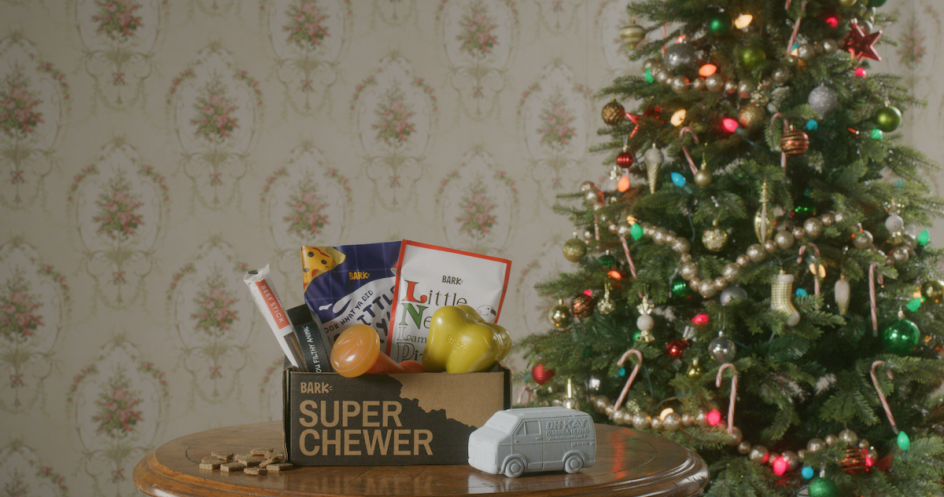
What are the main challenges of your work?
When I joined, Super Chewer was a small category that only produced one to two rubber or nylon toys for a handful of subscribers. It's also been a fun aesthetic challenge of making the toys fun through form and character even within the limitations faced with the harder materials over plush.
Do you have dogs yourself?
Ironically (and very sadly), I'm allergic to dogs. I'm still on a journey to find the best combination of allergy treatments and breed to allow me to live with one. Until then, I love considering myself as 'the fun Auntie' to all dogs and spreading the love and toy spoiling as much as possible. I'm currently extra obsessed with Xoloitzcuintle, or, Xolo dogs (also known as the Mexican hairless dog).
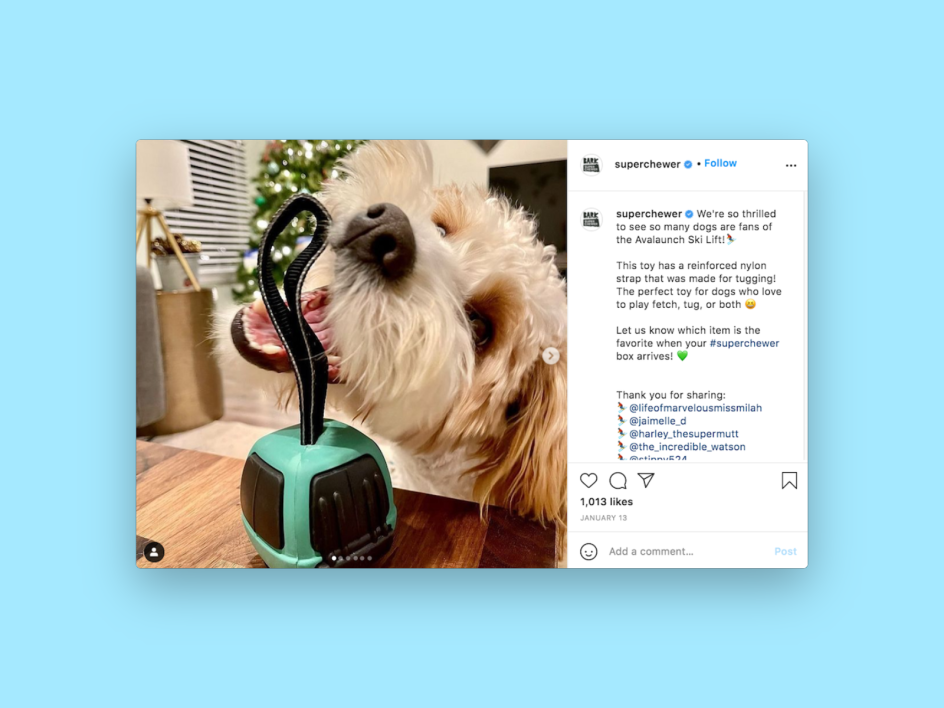
What are the unique design considerations in making toys for dogs?
When designing for dogs, you're also considering the parent who is purchasing the toys and initiating the play. What connects with the human to encourage play with their dog? How will they understand and use the toy? Then you think about incorporating features that are engaging and beneficial for the dog—what does the toy smell like? What sound does it make? What textures does it provide, and how does that feel in their mouth? How visible is the toy with their limited colour spectrum? How does it bounce, roll, fly, etc.? How do they use their paws with it?
We also think about where the toys are played with. How would this perform inside a house? What types of floors could this be on? How about grass and/or mud? Water? We also focus a lot on the variety we can offer to dogs. As you get to know them more, you realise that every dog is different in behaviour and play styles.

















